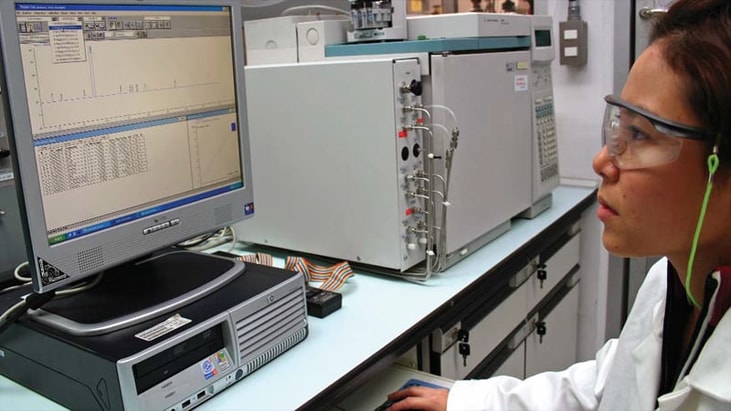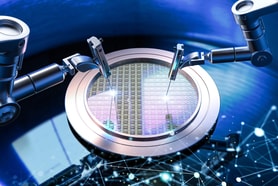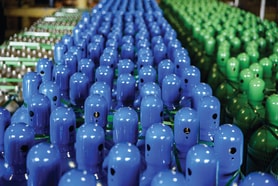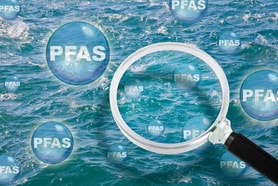Mass spectrometry assisting fight against cancer
Stanford University Chemistry Department’s Zarelab is pioneering an innovative and multidisciplinary approach to understanding more deeply the biochemical processes related to how cancer begins and progresses.
By combining sophisticated analysis at the molecular level using transgenic animal models and cell samples, desorption electrospray ionization mass spectrometry imaging, and statistical modeling, it is producing new insights about the relationship between metabolic patterns and oncogene expression.
In a research paper recently published in the Proceedings of the National Academy of Sciences, it was reported that in mouse lymphoma there were marked differences in the lipid profiles of the cancer cells when the oncogene MYC or the oncogene RAS was overexpressed. Interestingly, similar patterns were observed in human lymphomas that had MYC overexpression. This work also reported the presence of lipids with more double bonds in tissue samples with MYC overexpression; the enzyme in the cell that adds double bonds to the lipids is regulated by MYC.
“This work is giving us deep insight into how different types of cancer are making themselves apparent through the resulting distribution of lipid molecules,” states lab director Richard N. Zare, the Marguerite Blake Wilbur Professor in Natural Science, and a board member of the Camille & Henry Dreyfus Foundation. “This information also suggests possible new targets for cancer treatment.”
... to continue reading you must be subscribed























